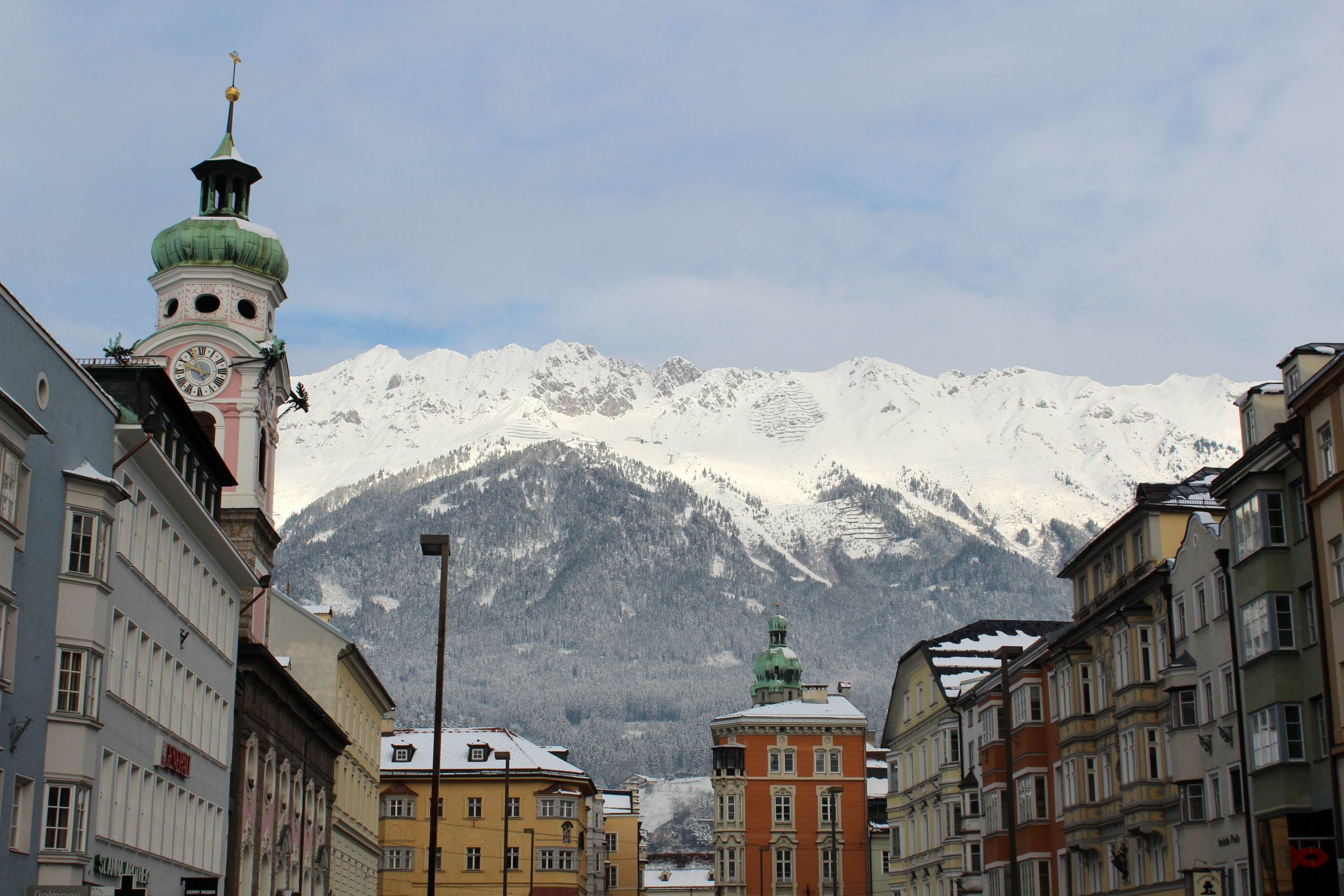
Ski & culture in Innsbruck
Last week, I was able to enjoy three great days in Innsbruck and the surrounding area with the Bergwinter Tirol experience and report campaign. Since I have experienced so many different things, I don’t want to summarize all the details in one article, but give you an overview of three days of culture and snow sports holidays in Innsbruck and then present my highlights separately.
We Swiss usually spend our ski holidays in the middle of the ski area in a chalet or rustic hotel. Our mountain winter in Tyrol, on the other hand, began after a 3.5-hour train ride (Railjet Zurich-Innsbruck direct) in the traditional, but modernly converted Hotel Maximilian in the middle of the historic city center of Innsbruck. The hotel is a 15-minute walk from the train station and all the sights of the old town are within walking distance. Our room was not big, but comfortable, modern and brightly furnished. Although at first glance the hotel does not look like a typical winter sports hotel at all, hotel guests have a ski room at their disposal and the ski bus stop is in the immediate vicinity.
Immediately after arrival, the alpine-cultural program started. Together with Innsbruck Tourism, we took the Nordkettenbahnen up to the Nordkette, Innsbruck’s local mountain. The first section, the Hungerburgbahn, was designed by Zaha Hadid and reopened in 2007. The funicular starts at the Kongresshaus and leads to the Hungerburg. To continue to the Seegrube, you have to change to a gondola lift at the Hungerburg. High above Innsbruck, at the Seegrube, you would theoretically get a great view of Innsbruck and the opposite mountain ranges. Unfortunately, the weather thwarted our plans and we could only marvel at the fog and the snow flurry. Instead, we enjoyed lunch in the beautifully designed restaurant of the Seegrube. In any case, my Schlutzkrapfen filled with ricotta were very tasty. In addition, I learned how to order a coffee with cream correctly in Tyrol – this is called “extended” here. For digestion, we went up a bit to the Hafelekar. If the weather is nice, you can enjoy a view up here after a short walk on the summit as far as Germany and Italy (well, we have to come here again…).
The second day was all about skiing. If you spend the night in Innsbruck, you are spoilt for choice when it comes to ski resorts. The closest is the Nordkette, which is very popular with the locals due to its close proximity to the city. The other ski resorts close to the city, such as Patscherkofel, Stubai Glacier, Mutterer Alm, Axamer Lizum and Kuhtai, are located south of Innsbruck. Since not all of these ski resorts are connected, you have to choose one. We took the public bus to the ski resort of Axamer Lizum. In addition to the Postbus, there is also a ski bus three times a day, but since the first bus leaves at 08:45 a.m. and the journey takes about 50 minutes, we took the former Postbus.
The Axamer Lizum valley station actually consists only of the lifts, the Hotel Olympia, which accommodated some of the athletes during the 1964 and 1976 Winter Olympics and is now a holiday camphouse, a hotel, a holiday home and sports shops. After I had rented my ski equipment on site, I immediately went to the slopes with our ski guide. The ski resort has 6 chairlifts and a funicular (Olympiabahn) which goes up to the highest point, the Hoadl at 2,343 meters. For lunch, there was a cheese dumpling soup for 3.60 euros (the Swiss can still learn something from that!). It doesn’t look delicious, but it tastes great :-). My highlight on the slopes was clearly the route of the former ladies’ run, which leads from the Hoadl rapidly along the jagged rocks down to the valley station. Of course, the phenomenal mountain panorama and the great snow conditions should also be emphasized.
After a great day of skiing, it was time for the theatre. I must confess that I go to the theatre very little and see plays by deceased writers even less often. So I was curious to see what to expect with the Caucasian Chalk Circle by Bertolt Brecht. The “Big House” of the Tyrolean State Theatre surprised me in advance with a large theatre hall. The piece itself lasted 2 hours and 55 minutes, which is way too long in my opinion. Overall, however, I enjoyed the cultural excursion to the theatre and my literary knowledge was refreshed a bit.
The third day was all about enjoyment, history and shopping. After an extensive brunch at Das Schindler, we were in top shape to immerse ourselves in the historical sites of Innsbruck. On the very interesting city tour we learned that Innsbruck has the most beautiful McDonalds in the world to offer, that the largest tomb of a German emperor is located in the Hofkirche of Innsbruck (but the emperor is not buried there) and that the original St. Jakobskirche has been called the cathedral since 1964, because only then did the Diocese of Innsbruck come into being.
But let’s take it one step at a time: The historical walk led us along Herzog-Friedrich Strasse to Innsbruck’s landmark – the Golden Roof, which is covered with 2,657 fire-gilded copper shingles. If you are interested in the history of Emperor Maximilian, you should definitely visit the associated museum, as an interesting short film about his life is shown there. Afterwards we climbed high up to the city tower, from where the old town can be wonderfully overlooked. Just around the corner is the Cathedral, the Hofburg and the Hofkirche. All these buildings are connected to each other, as you can get from the Hofburg to both the cathedral and the high church. Be sure to take a look inside the cathedral and marvel at the baroque architecture. Also worth seeing are the 28 life-size bronze statues around the emperor’s tomb in the Hofkirche.
Golden roof with Nordkette in the background
Innsbrucker Mc Donalds
House
Hofburg
Emperor’s grave in the Hofkirche
Tip: If you want to visit many of Innsbruck’s sights, the Innsbruck Card is a good choice. The card, which includes admission to most sights and mountain railways, can be purchased for either 24 h (31 euros), 48 h (39 euros) or 72 h (45 euros).
After so much historical information, we had time for a short shopping tour before our return trip. True to the motto, we ended up in a great sports shop in Maria-Theresien-Strasse, which we left a little heavier and tackled the way back to Zurich with a heavy heart.
I’ve summarized all these impressions in a short video (and since it’s my first video, I’m looking forward to all your comments and tips / tricks for video creation)
Note: I was invited to this trip by Tirol Tourismus and Innsbruck Tourism and would like to thank you very much for the great organization and the diverse program. Nevertheless, my readers can be sure that I always represent my own opinion and enthusiasm here.


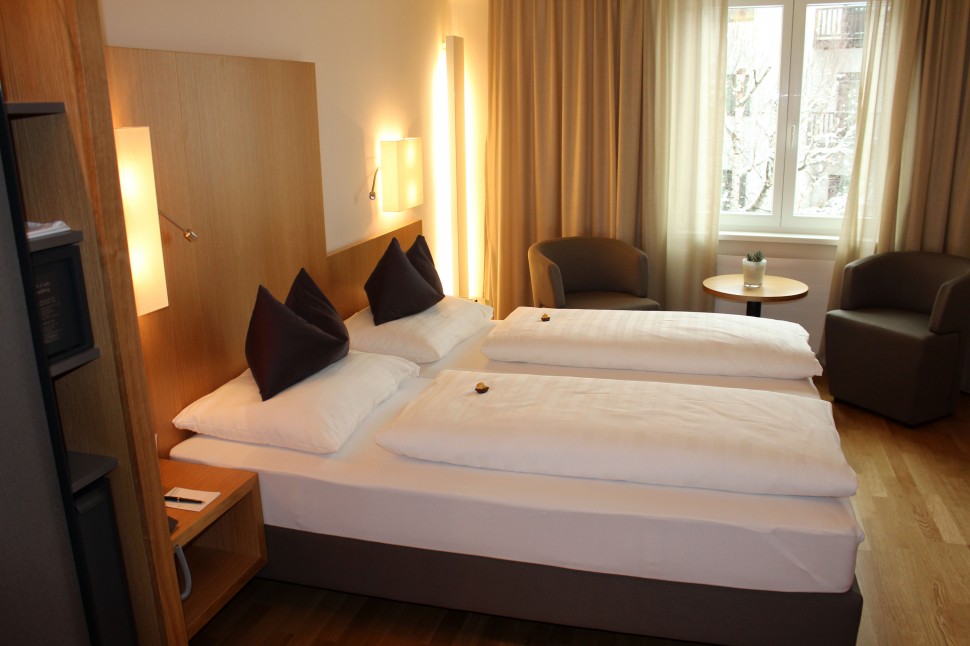
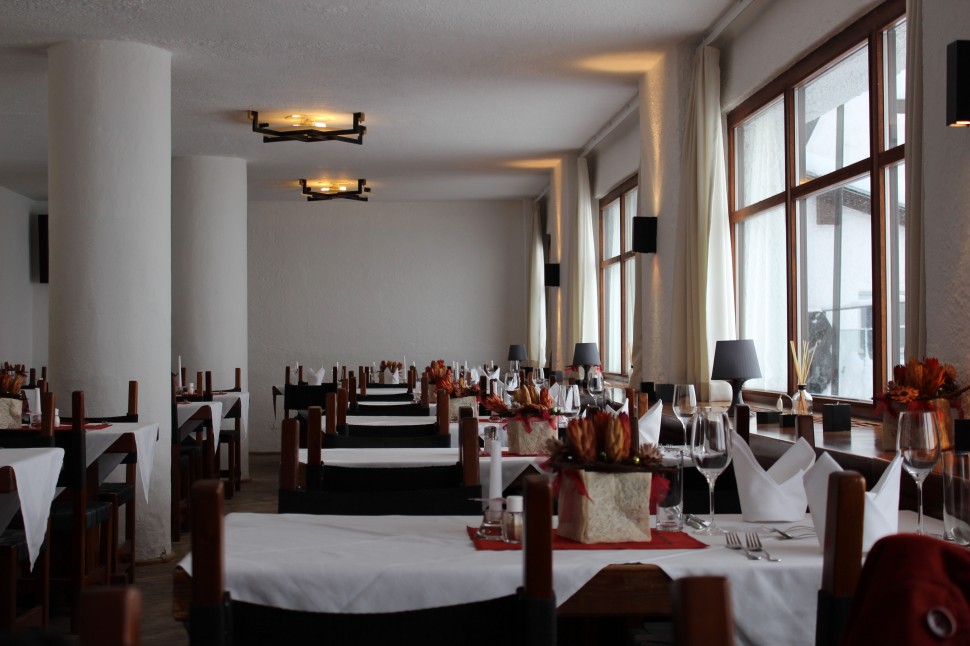
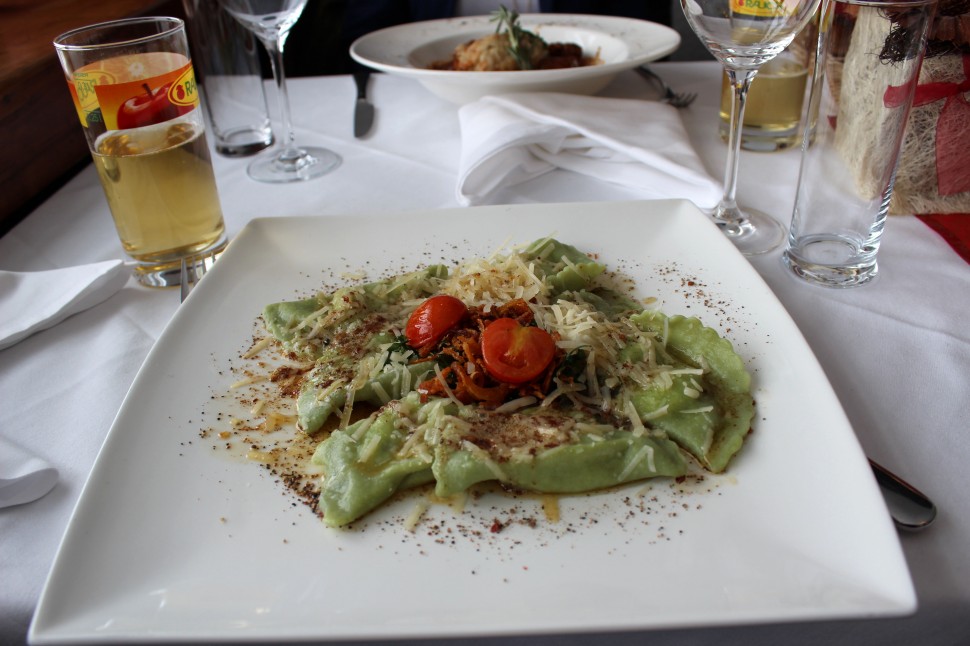
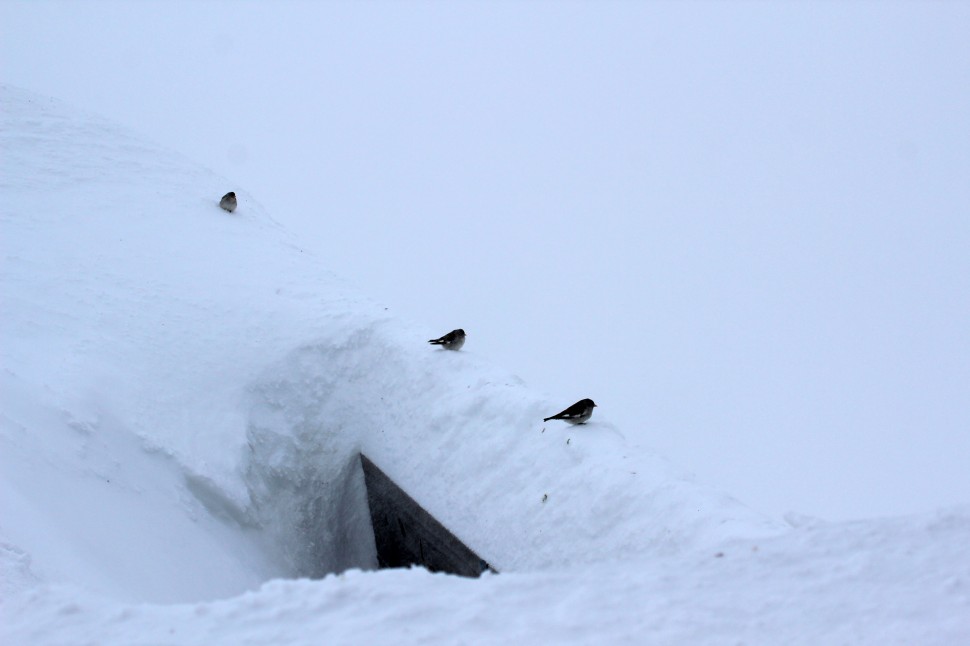
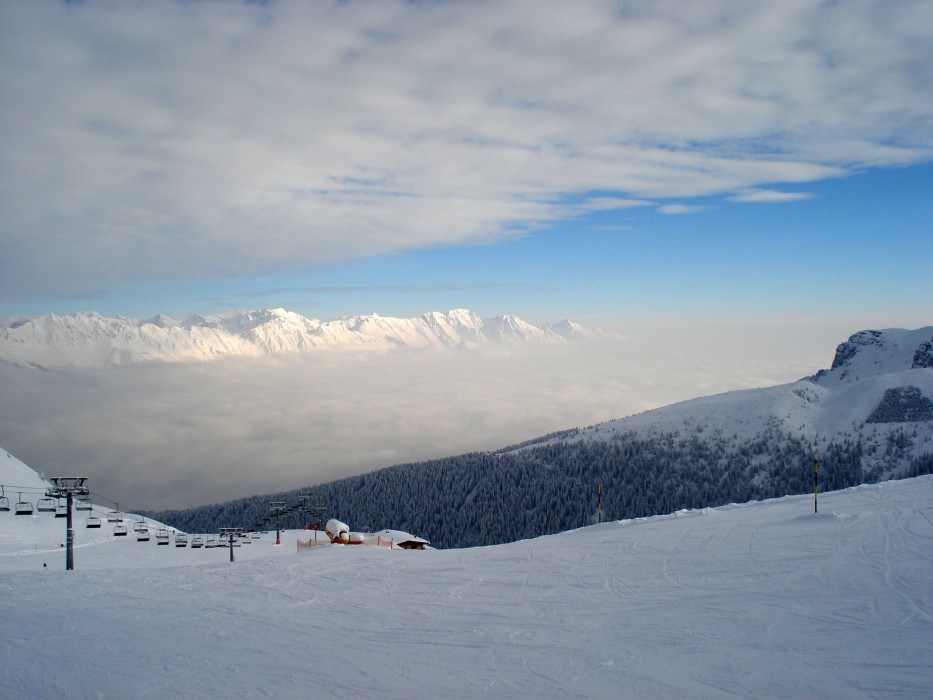
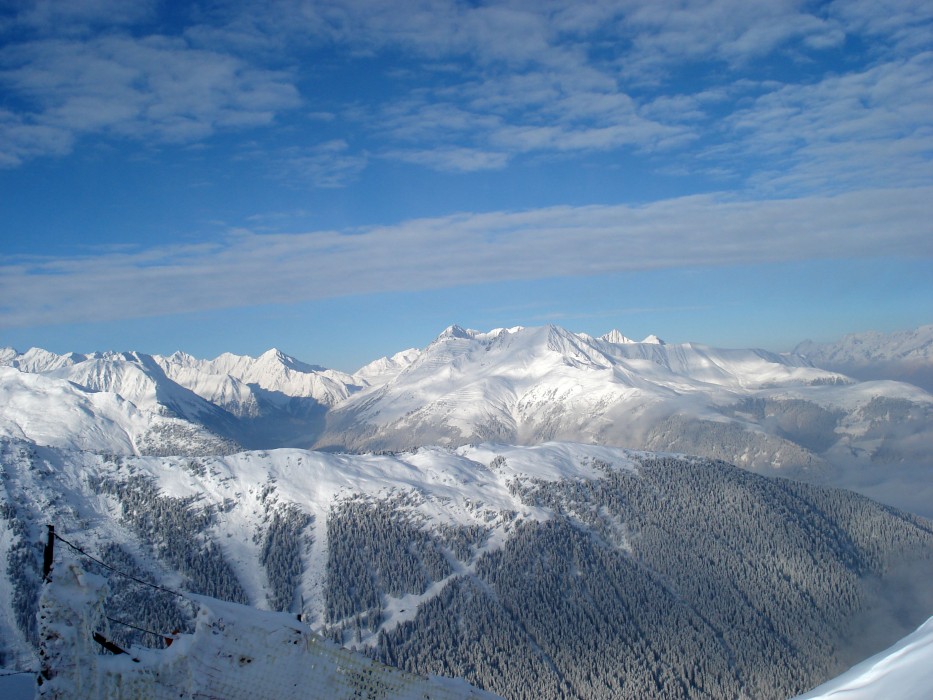
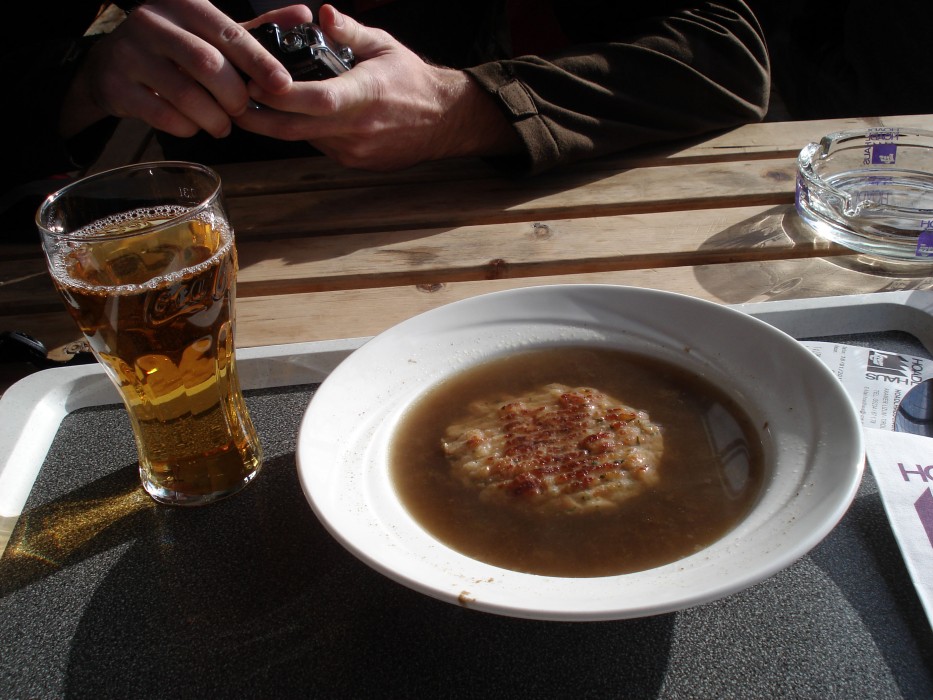
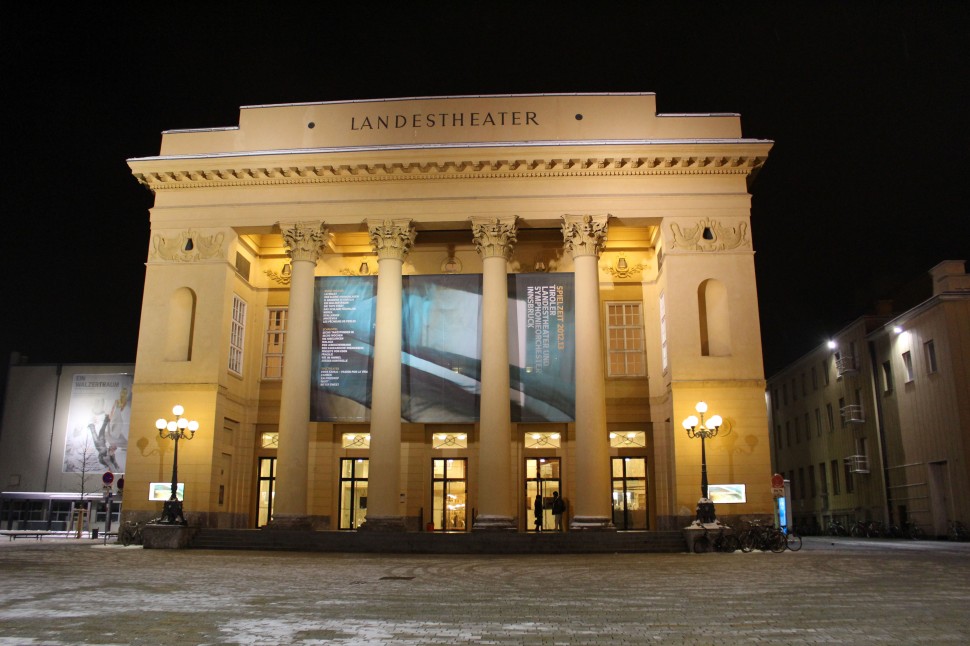
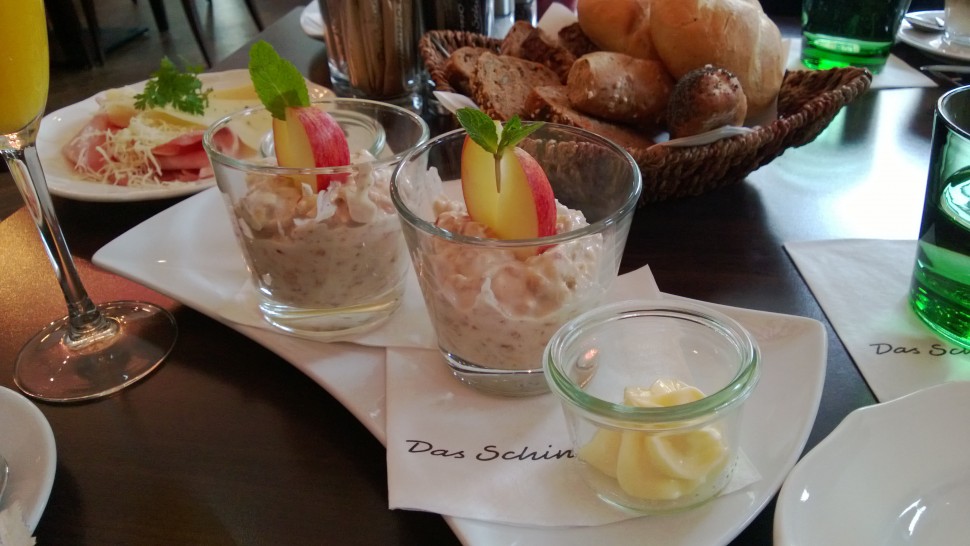
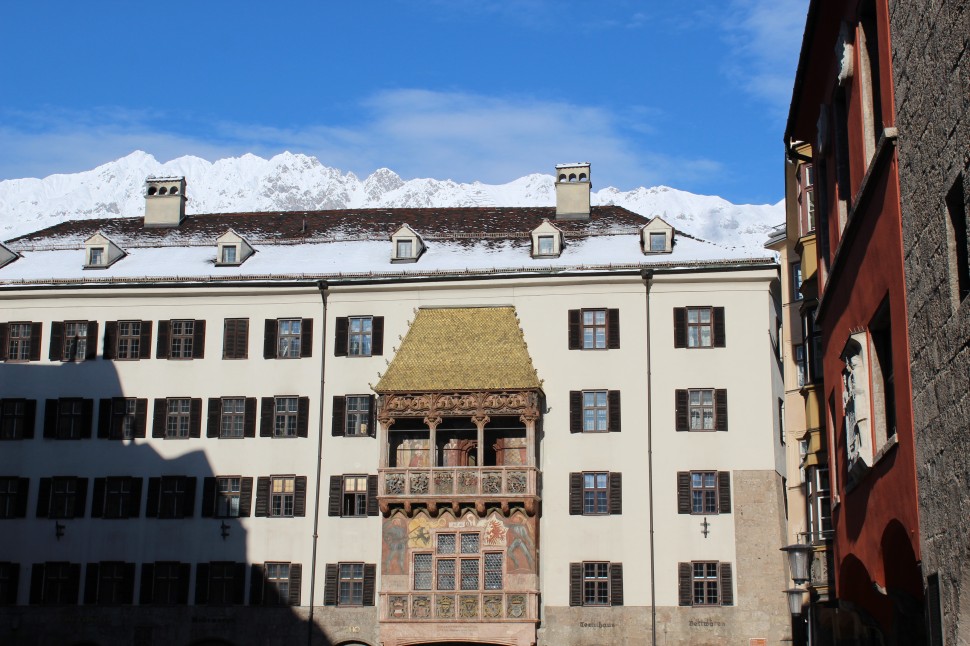
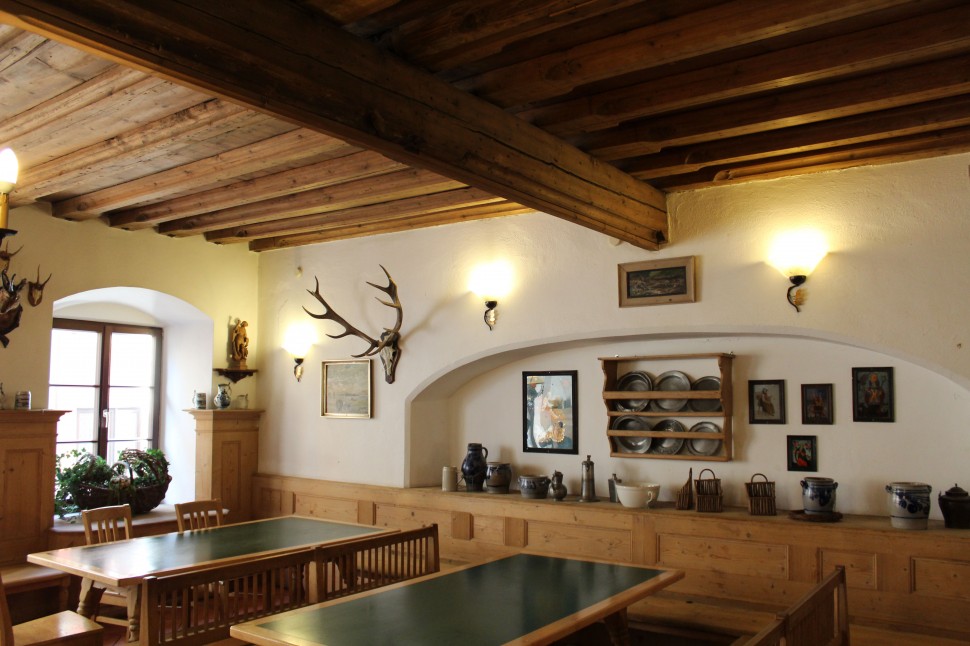
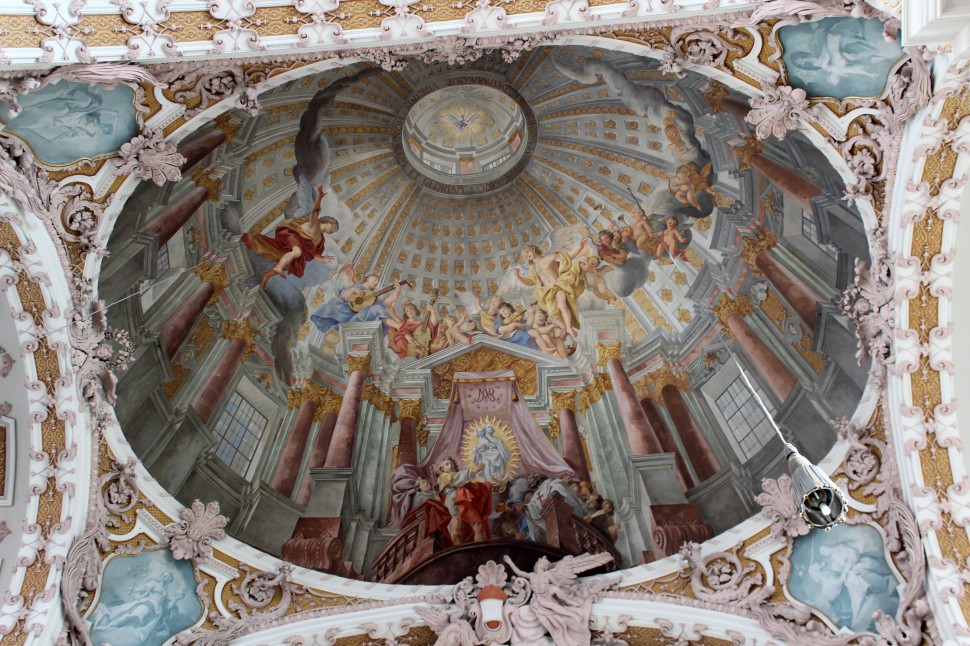
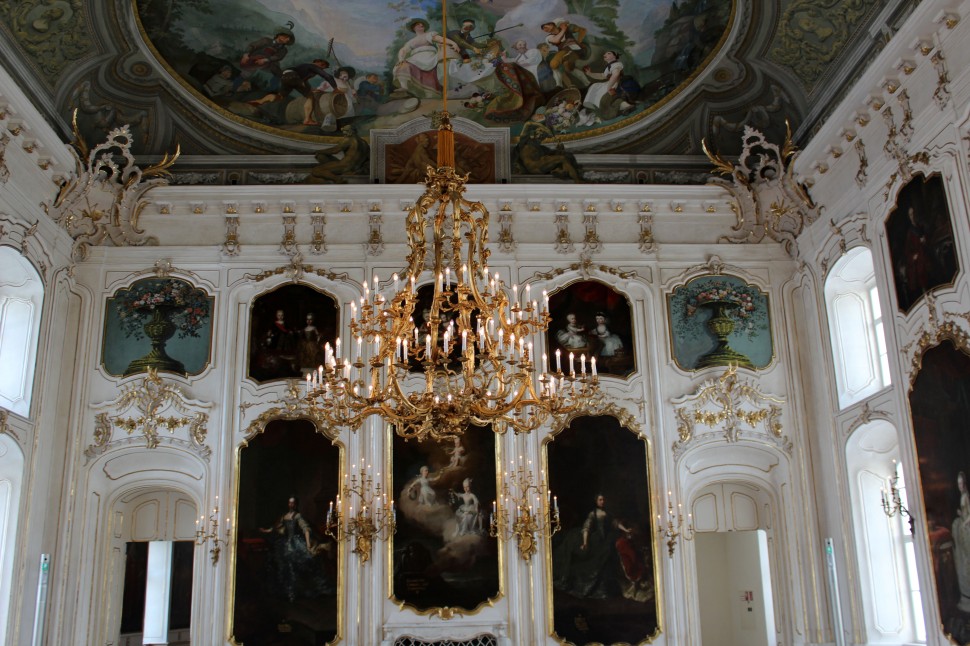
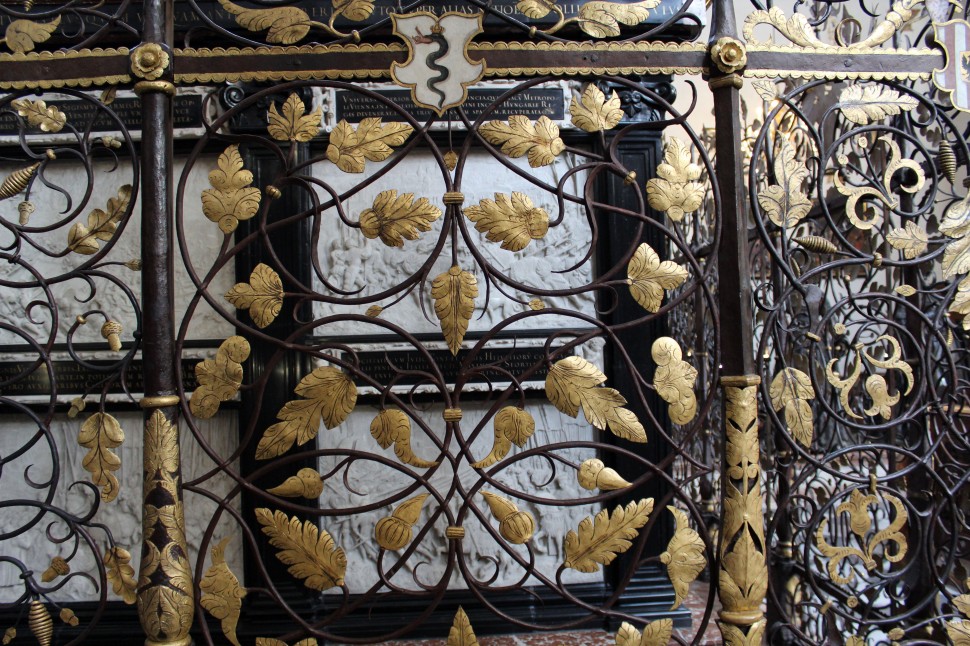

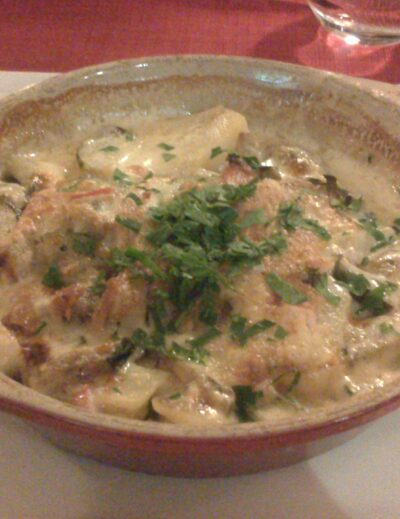

Leave a Reply